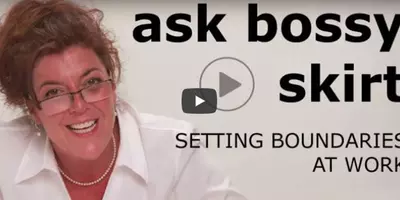
Mar 23, 2017 ● Peter Jones
11 of the Most Unprofessional Email Habits
You have a good job and your life is off to a successful start. Trouble is, you didn’t get the memo that you’re supposed to conduct your email correspondence like a grown-up. Before you make any mistakes that can get you labeled as unprofessional at work, check over this list of totally unprofessional email habits to avoid at all costs. Whether you’re communicating to your boss, a client, or your coworkers, it’s important that you conduct yourself well.


